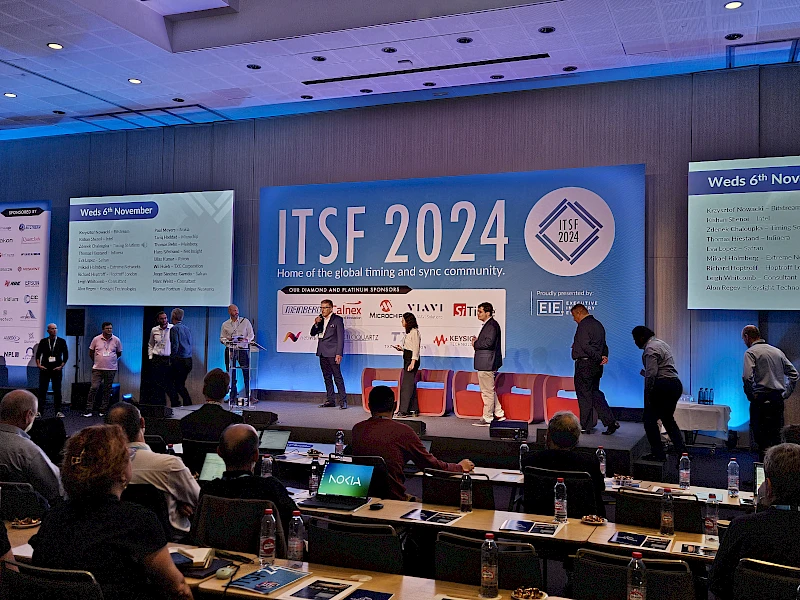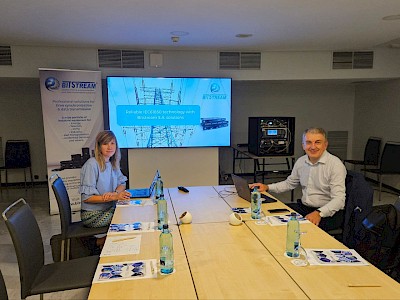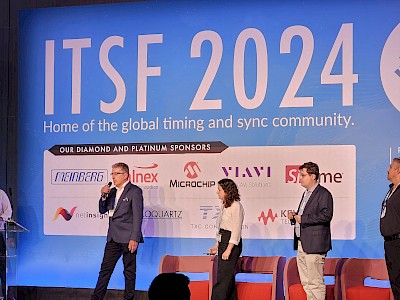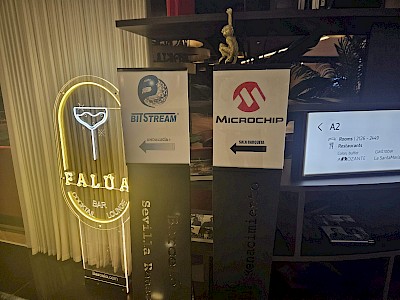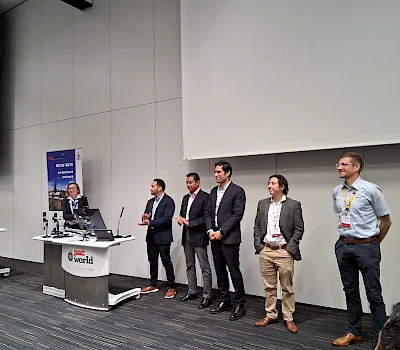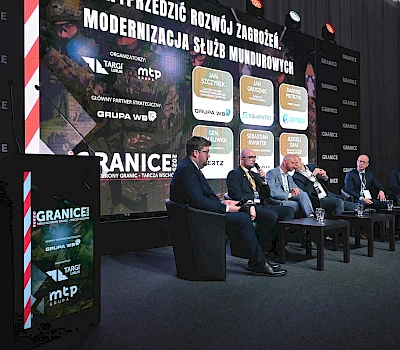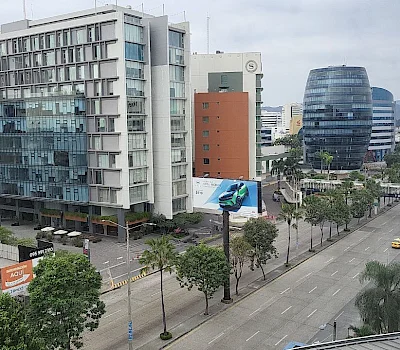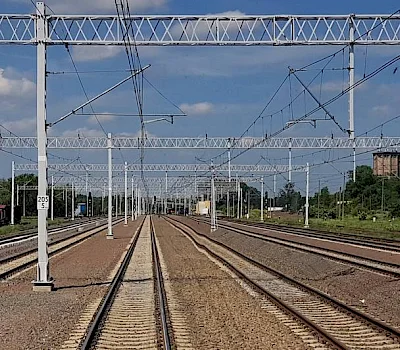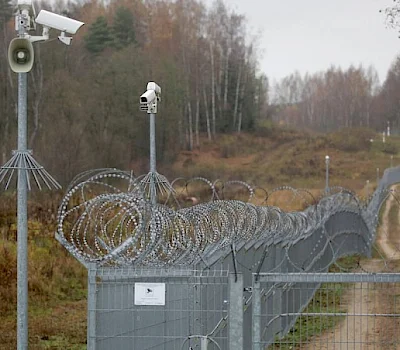From 4 - 7 November 2024, the International Timing and Synchronisation Forum (ITSF) conference took place in Seville, Spain, bringing together experts from around the world involved in precision time synchronisation in sectors ranging from telecommunications to energy to defence. Particularly evident this year was the growing interest in the reliability and resilience of time synchronisation systems in military applications. These reflections remain particularly relevant in the context of the ongoing war in Ukraine, which has exposed weaknesses in existing critical infrastructures.
An apparent increase in emphasis on the importance of time synchronisation in military applications
The conference highlighted that time synchronisation systems - although often invisible to the average user - are a key component of modern military operations. Awareness of the potential to disrupt or take control of time systems, particularly those based on GPS, continues to grow. During the discussion, it was pointed out that the GPS system, which has been the primary source of the time signal for years, is susceptible to jamming and signal falsification (spoofing). These techniques have already been used successfully on the battlefield, especially by the Russian military, which has significantly influenced the international community's approach to the resilience of synchronisation systems.
An important thread was the participation of military sector representatives from the UK and the US, who pointed to the increasingly complex challenges of ensuring accurate timing in operational scenarios. Key applications were mentioned, such as the synchronisation of radar systems, the monitoring of moving objects, or communications aboard submarines and other isolated systems. Each of these applications requires extreme precision and reliability, which implies the need for resilient systems based on the principle of ‘resilient timing’ - able to operate despite disruptions.
The increased interest in defence is undoubtedly linked to the anticipated increase in defence spending in Europe. The results of the US presidential election, in which Donald Trump won, further reinforce this belief. His announcements of greater financial discipline in defence spending by NATO member states point to the need to further strengthen technological independence.
What are the lessons for the energy sector?
While the focus in Seville was on defence issues, analogous issues arise in the energy sector, particularly in the context of time synchronisation for IEC 61850-compliant technologies. In both cases, precise time synchronisation is of strategic importance, and disruptions can lead to critical consequences ranging from energy supply outages to loss of control of infrastructure. These similarities are not coincidental: both the energy and defence sectors rely on distributed infrastructures that must operate in real time, regardless of external conditions.
A multi-system approach to time synchronisation
A key message from ITSF 2024 is the need to move away from reliance on GPS as the sole source of synchronisation. Multi-system solutions that integrate different time sources - from local atomic clocks, to signals from other GNSS systems (e.g. Galileo, GLONASS), to ground-based systems and low-orbital satellite-based technologies - represent the future of resilient synchronisation. This approach allows automatic switching between time sources in the event of interference, significantly increasing the reliability of the overall system.
ITSF 2024 - Summary
The ITSF 2024 conference highlighted that ensuring reliable time synchronisation is not only a matter of technology, but also of strategic thinking and risk awareness. Time systems in the defence and energy sectors must be designed for resilience and flexibility in operation. Solutions exist - both technical and organisational - but their implementation requires increased technological awareness at transmission system operators (TSOs) and distribution system operators (DSOs).
A layer of secure and reliable data transmission and precise time synchronisation is not just an add-on to automation systems in the power industry - it is their foundation.
Dariusz Pietrzyk,
CEO of BITSTREAM S.A.

